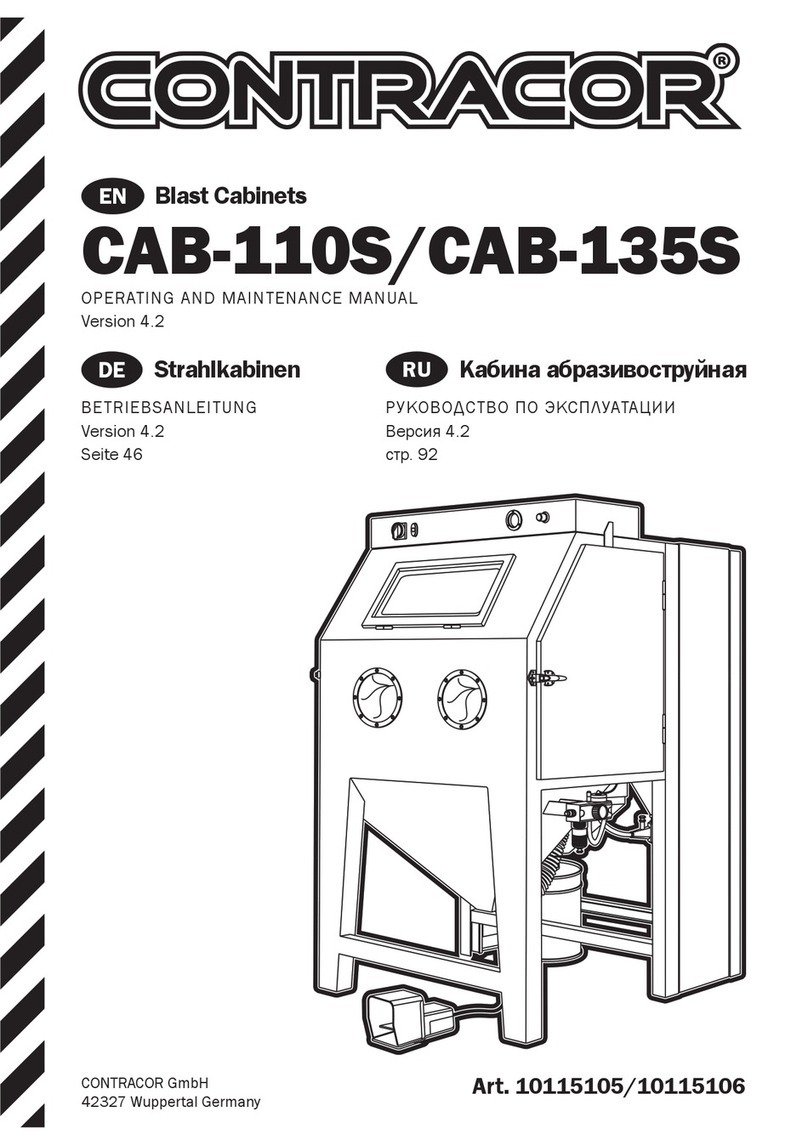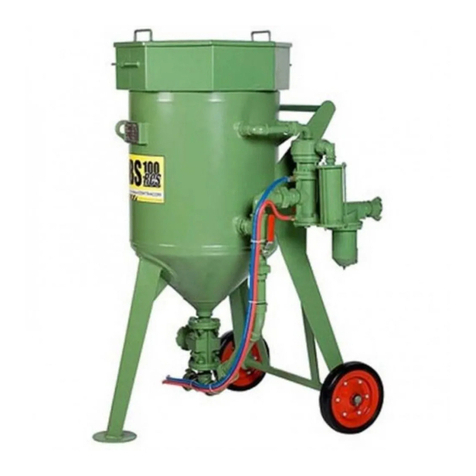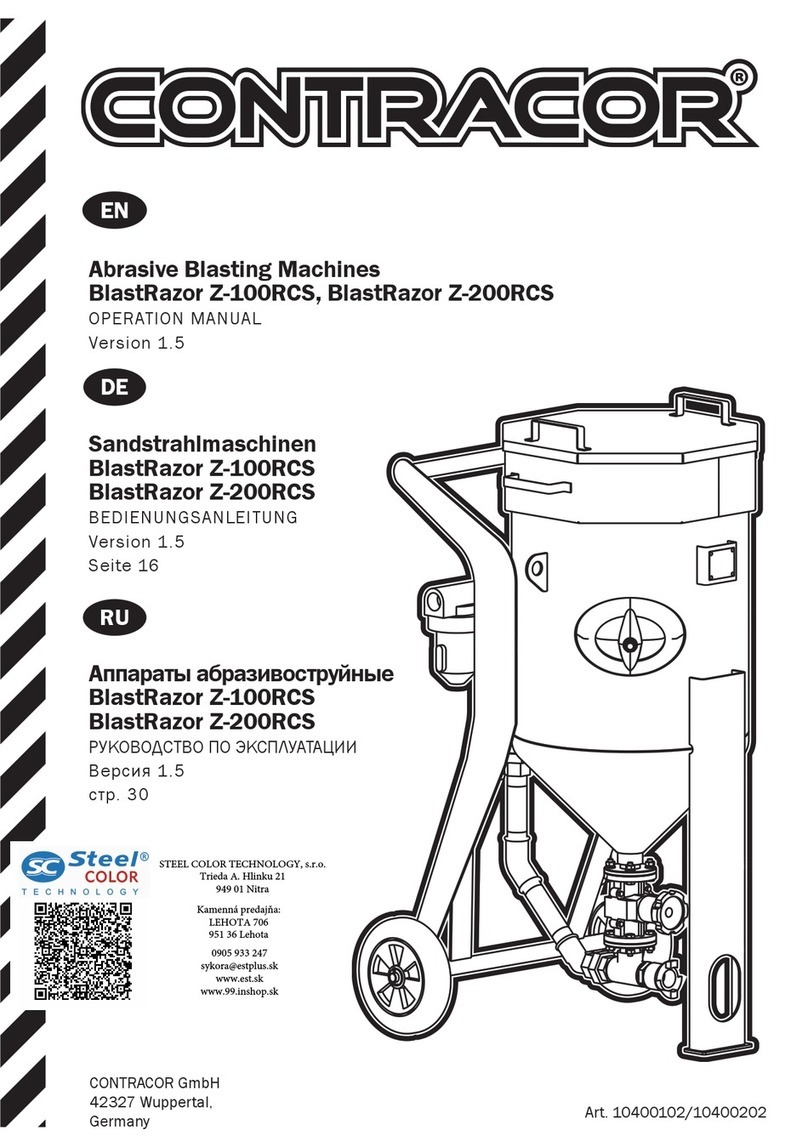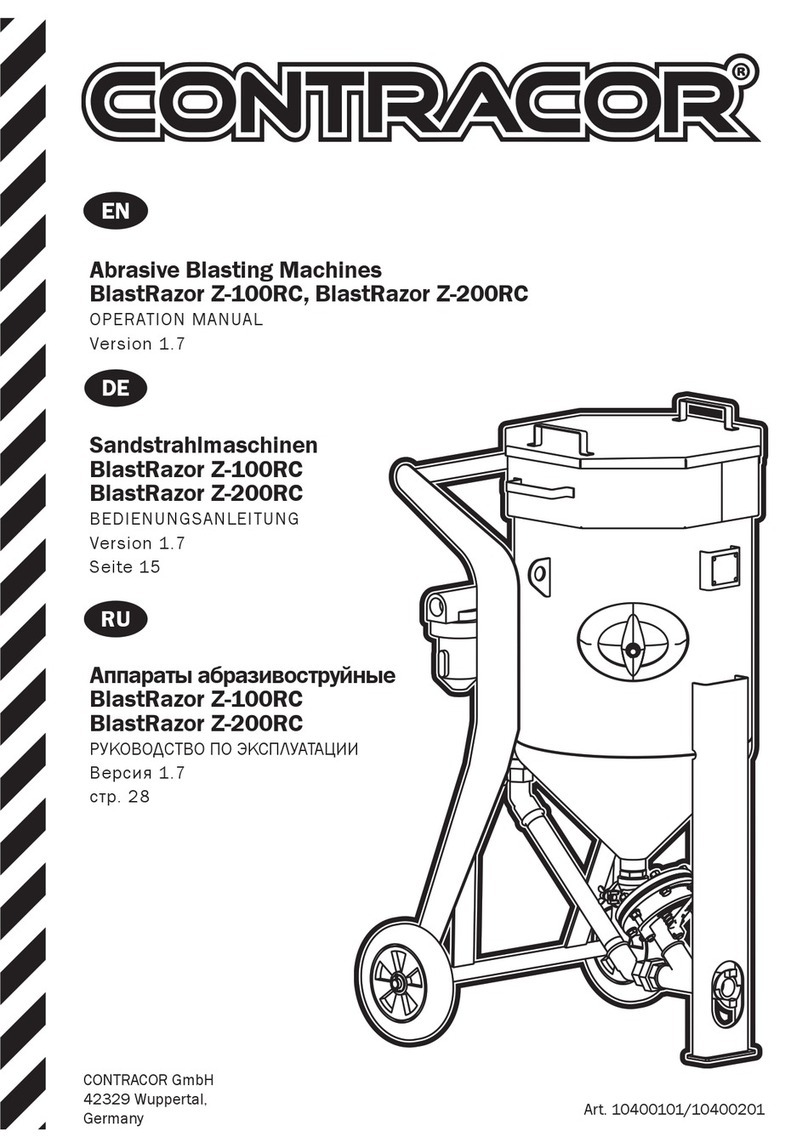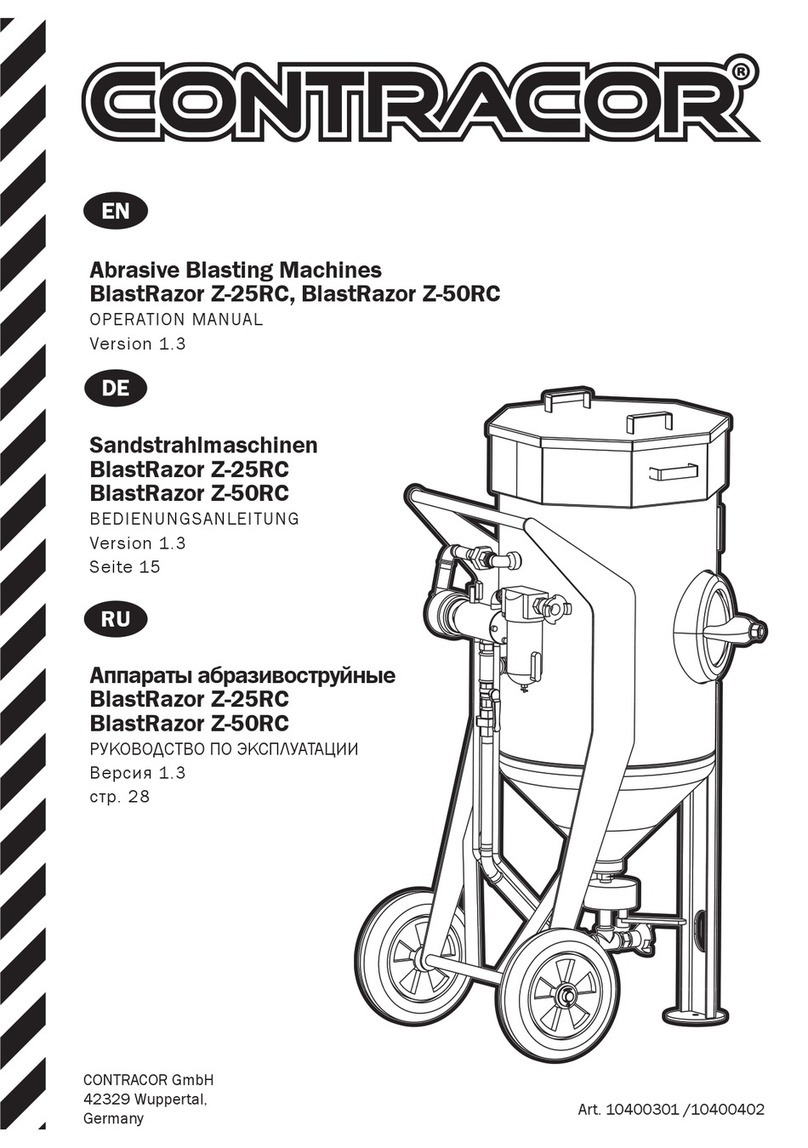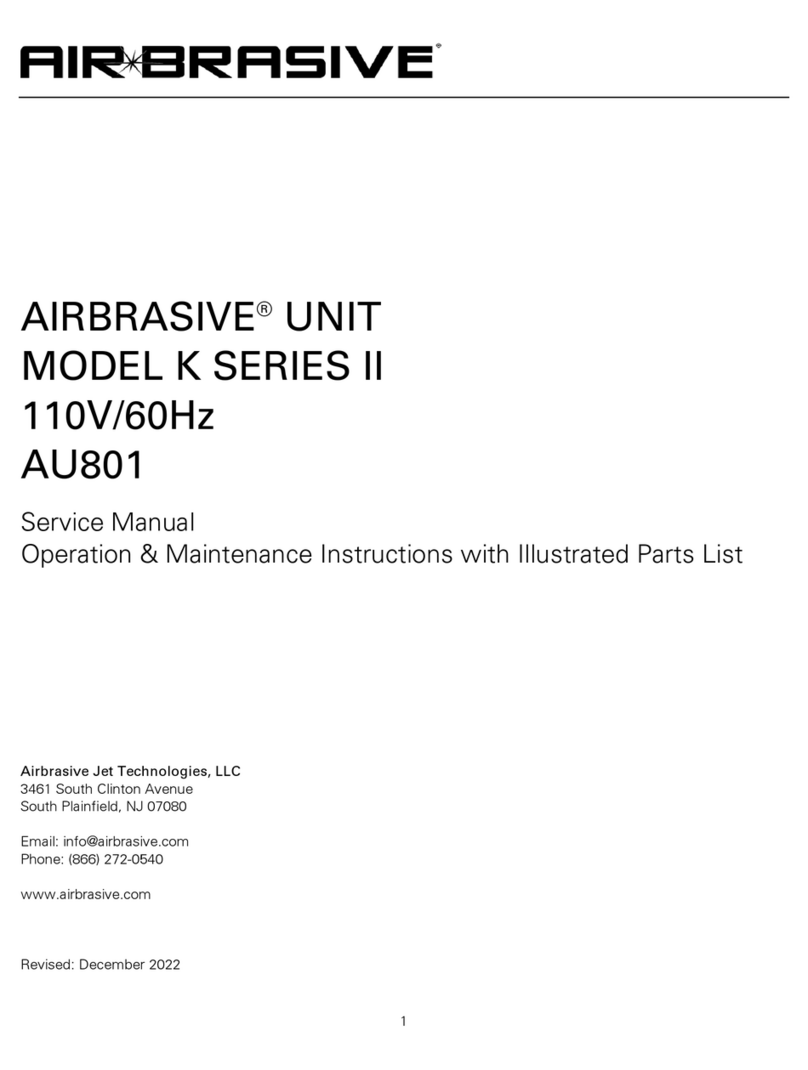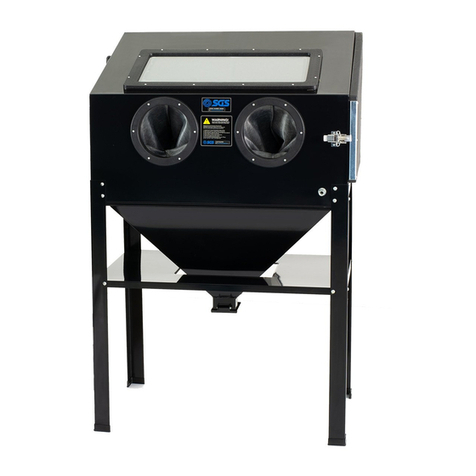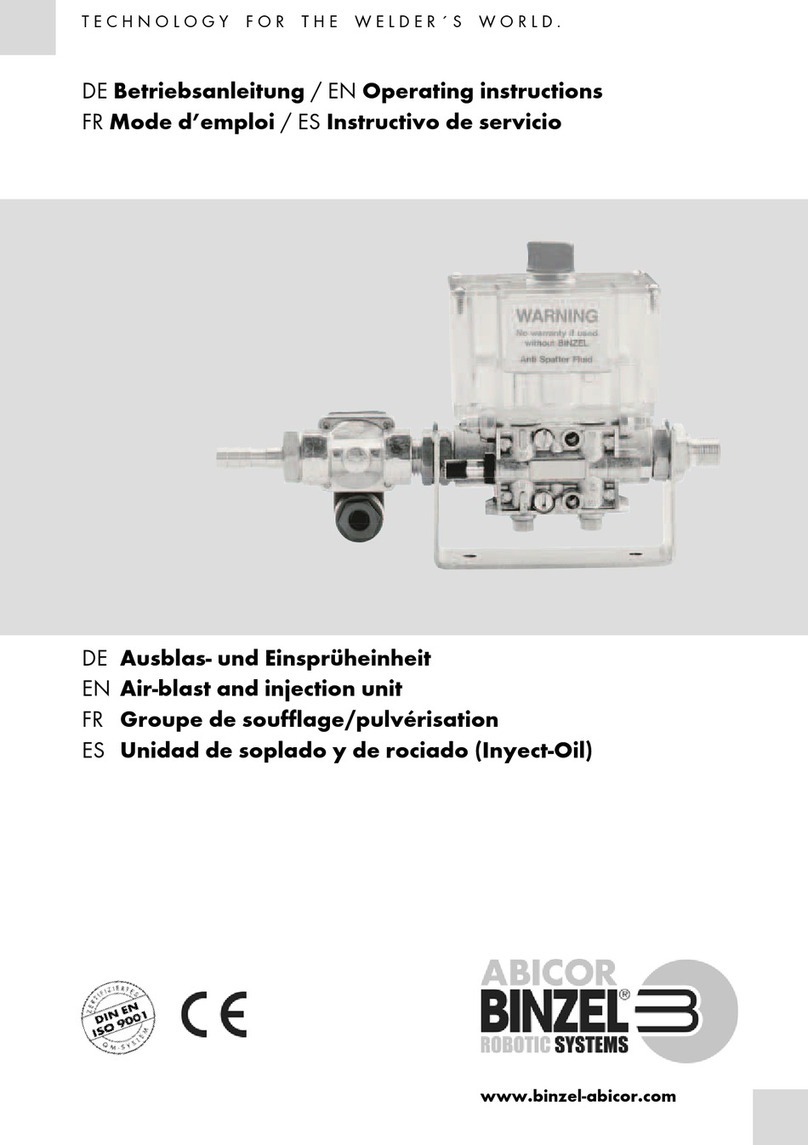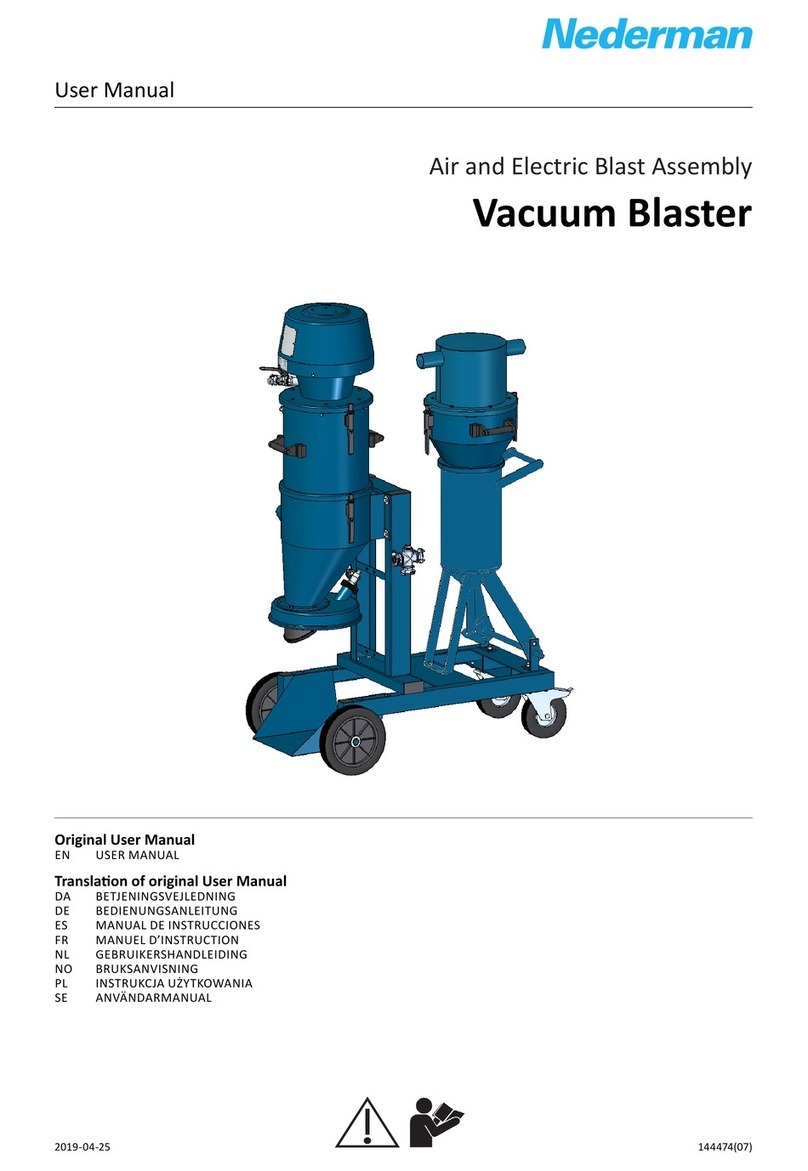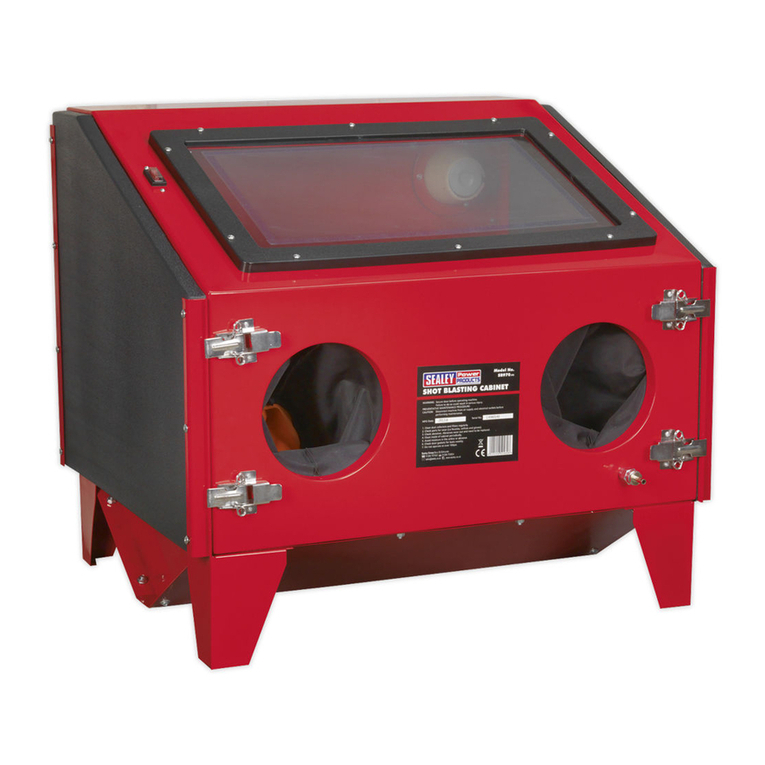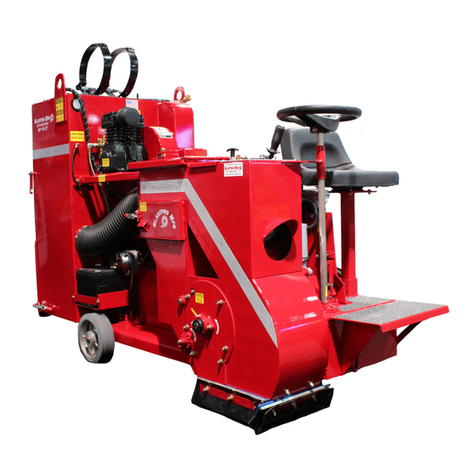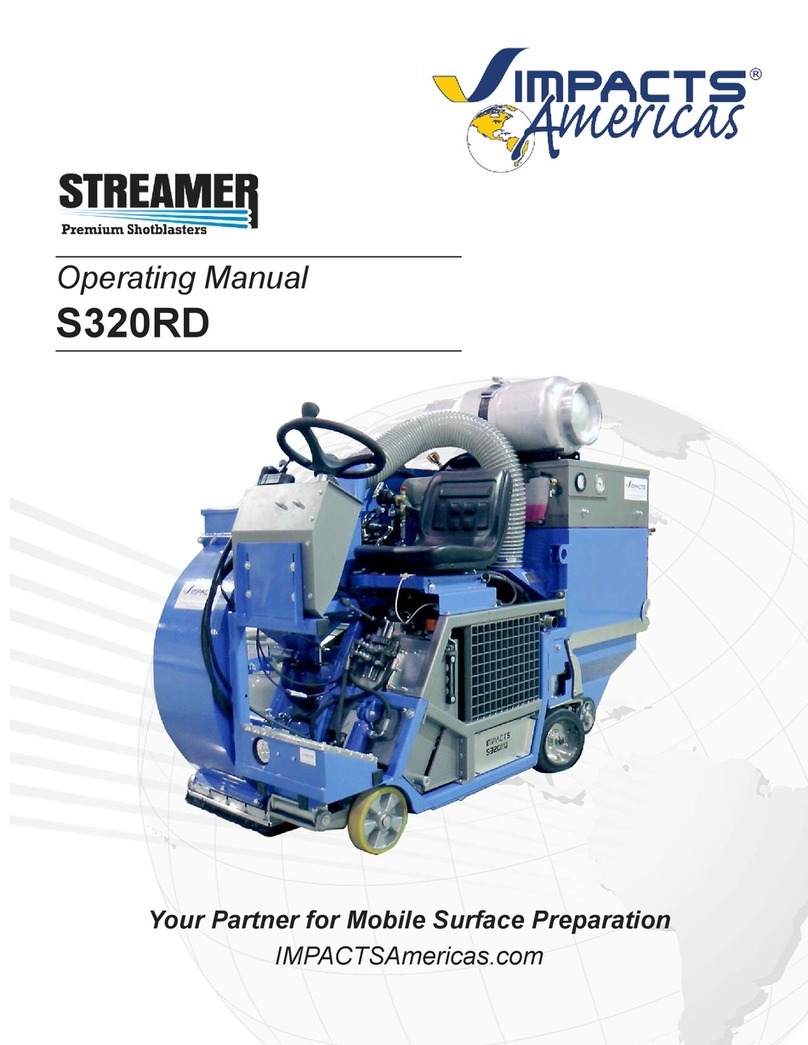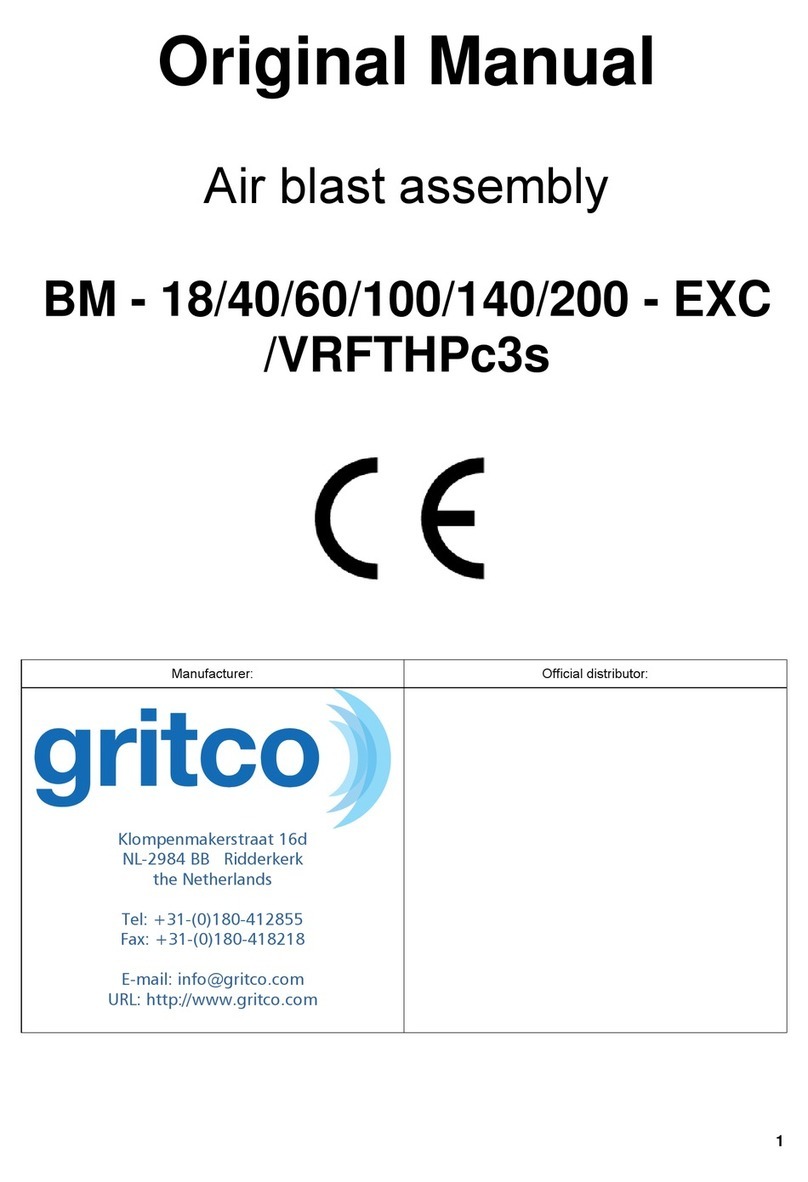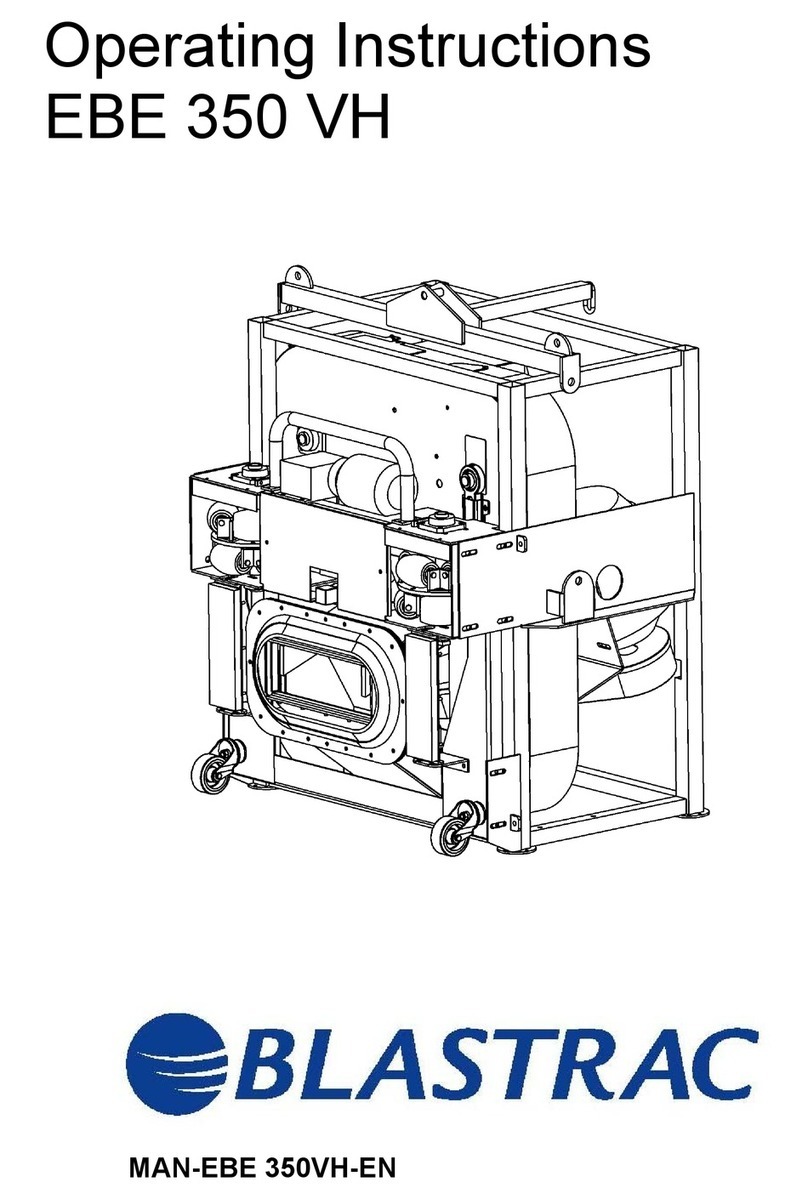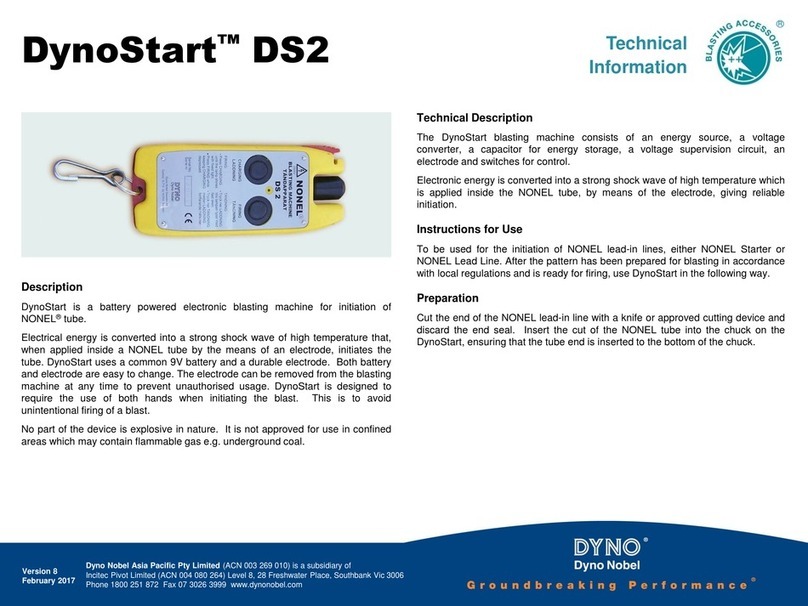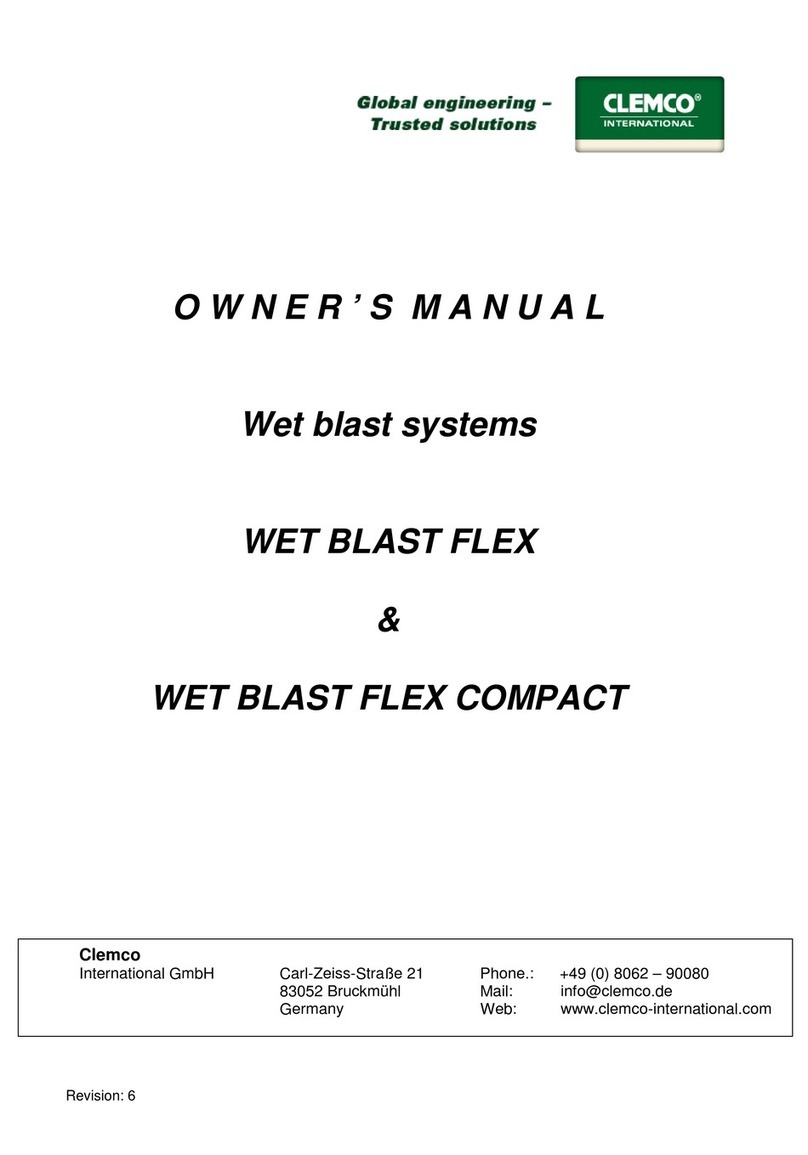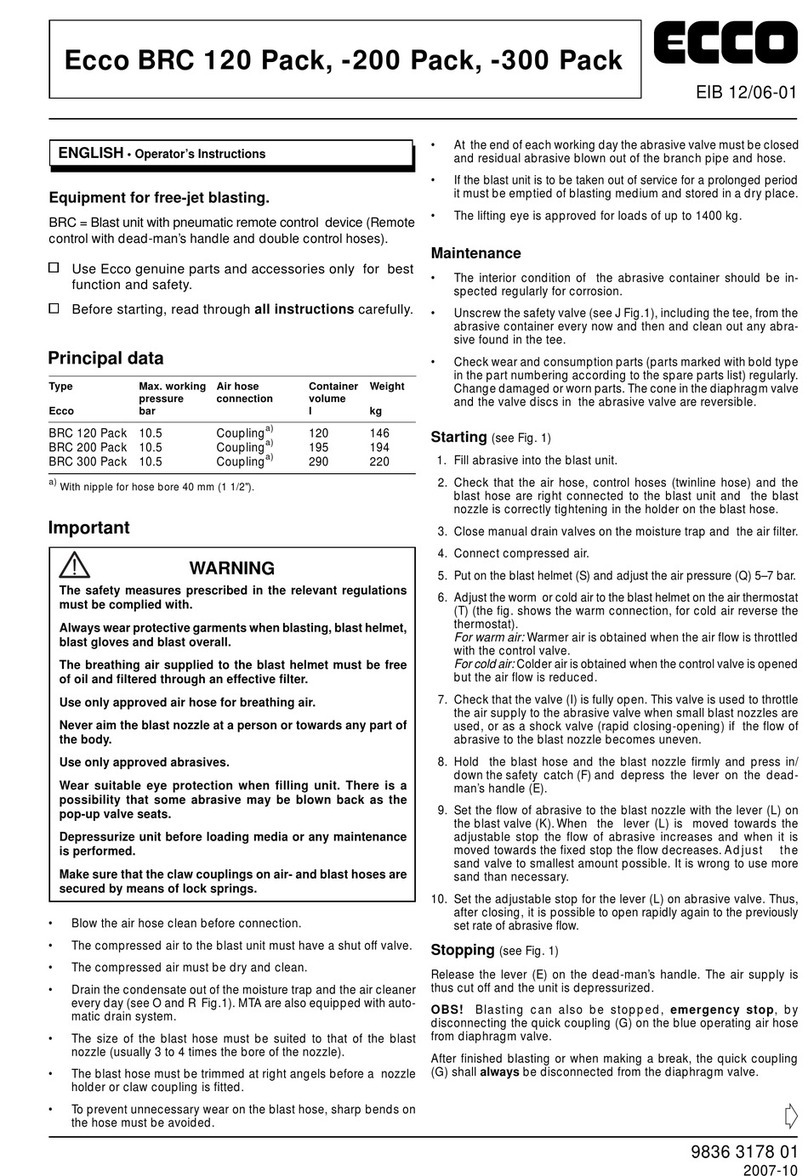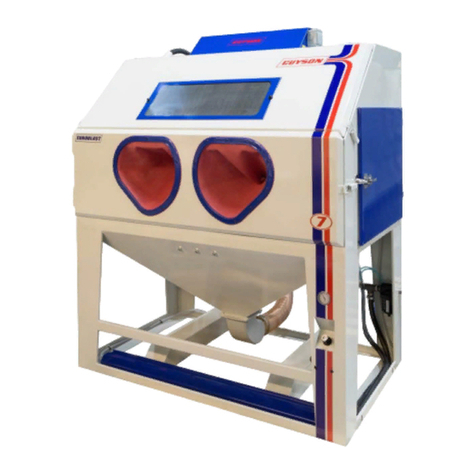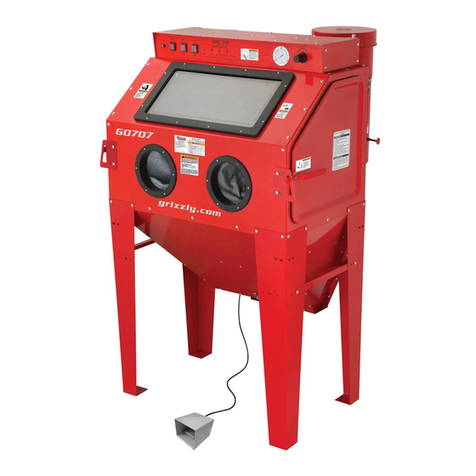10 CONTRACOR® Version 2.0
ENGLISH
5. General Drawing.
No Order
No Description Q-ty
DBS-100 DBS-200
1 10900 Hose coupling, CFT 2 2
2 10911 Nipple 1 1/4” (MM), rubberized 4 4
3 10930 Oil-Moisture separator, CAF-3 1 1
5 10915 Union with cap nut, straight, 1 ”, (FM) 2 1
6 10909 Elbow, 90°, 1 ” (FM) 1 1
7 10910 T-piece, 90°, 1 ”, (FFF) 1 1
8 10942 Ball valve, 1 ”, (MM) 2 2
9 10913 Union with a cap nut, straight , 1 ”, (ММ) — 1
10 10914 Pipe 1 1/4” — 1
11 10916 Elbow, 45°, 1 1/4” (ММ) 1 1
12 10917 Pipe 1 1/4” 1 1
13 10919 Elbow, 45°, 1 1/4” (FM) 1 1
14 10990 Y-piece, 45°, 1 1/4”, (FFF), rubberized 1 1
15 10921 Pipe 1 1/4”, (100mm), rubberized 1 1
16 10920 Metering gate valve, FSV 1 1
17 10952 Pipe 1” 1 1
18 10953 Elbow 90°, 1”, (ММ) 1 1
19 10954 Pipe 1” 1 1
20 10955 Guide 1 1
21 10960 Pressurizing valve 1 1
22 10950 Pressurizing valve seat 1 1
23 10932 DBS tank service assembly, kit 1 1
24 10935 Screen 1 —
24 10936 Screen — 1
25 10933 Tank cover 1 —
25 10934 Tank cover — 1
33 10922 Wheel 2 —
33 10923 Wheel — 2
34 10941 Elbow, 90°, 1”, (FM) 2 2
35 10938 Ball valve, 1” (MF) 1 1
